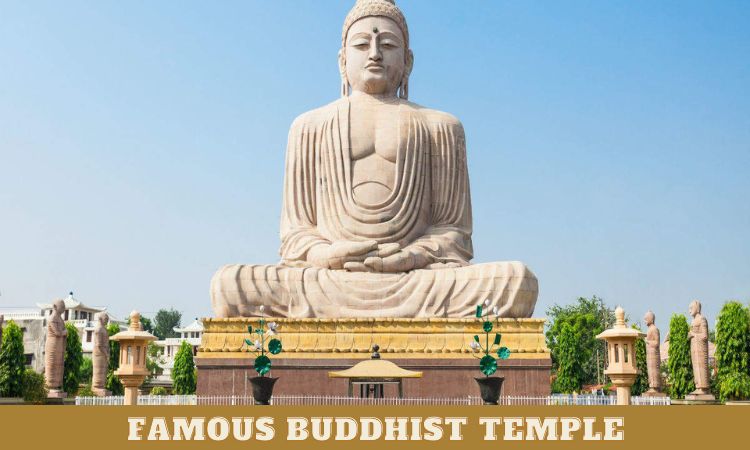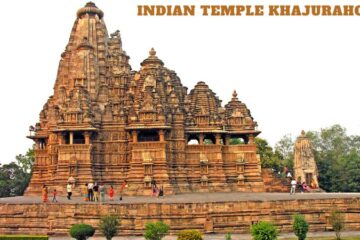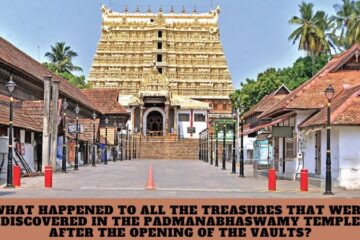
Buddhism, one of the oldest and most profound spiritual traditions in the world, has gifted humanity with breathtaking architectural wonders. Among these sacred structures stands the famous Buddhist temple — not just a monument, but a living embodiment of peace, enlightenment, and history. In this comprehensive article, we delve deep into the world’s most famous Buddhist temples, focusing particularly on Borobudur Temple in Indonesia, which is widely regarded as the crown jewel of Buddhist heritage.
What Makes a Buddhist Temple “Famous”?
A famous Buddhist temple is more than just its structural magnificence. It earns its fame through:
-
Historical significance
-
Religious importance
-
Architectural brilliance
-
Cultural influence
-
Tourist appeal
Among countless Buddhist temples spread across Asia, Borobudur in Java, Indonesia, stands unrivaled. It is the largest Buddhist temple in the world and a UNESCO World Heritage Site, attracting millions of pilgrims and travelers each year.
Borobudur: The Most Famous Buddhist Temple in the World
Historical Background
Constructed during the 8th and 9th centuries under the Sailendra Dynasty, Borobudur predates the famous temples of Angkor Wat and even the cathedrals of Europe. It took more than 75 years to complete and is an architectural masterpiece of the Buddhist Mahayana tradition.
Located in Magelang, Central Java, this colossal monument remained hidden for centuries under layers of volcanic ash and jungle growth, only to be rediscovered in the 19th century.
Architectural Marvel and Symbolism
Borobudur’s design reflects a mandala, symbolizing the universe in Buddhist cosmology. The structure is built in three tiers:
-
Kamadhatu (The World of Desires) – The base level with intricate reliefs depicting human behaviors.
-
Rupadhatu (The World of Forms) – Four square platforms adorned with Buddha statues and carvings.
-
Arupadhatu (The World of Formlessness) – Three circular platforms leading to the grand central stupa.
The temple boasts:
-
2,672 relief panels
-
504 Buddha statues
-
72 stupas surrounding the main dome
Every element serves a symbolic and meditative purpose, guiding pilgrims on a spiritual journey from the earthly realm to nirvana.
Spiritual Importance of Borobudur
For devout Buddhists, Borobudur is more than stone. It’s a sacred path that mirrors the journey to enlightenment. Pilgrims traditionally walk around the temple clockwise, slowly ascending through the levels, reflecting on teachings etched into the walls. This pilgrimage represents a spiritual transformation, ending in the formless stupa — a metaphor for enlightenment and ultimate truth.
Visiting Borobudur: A Transformational Experience
Travelers from around the globe flock to witness this famous Buddhist temple. Visiting Borobudur at sunrise offers a magical spectacle as the morning mist lifts, revealing the majestic stupas bathed in golden light.
Travel Tips:
-
Best Time to Visit: May to September (dry season)
-
Entrance Fee: Approximately $25 for international tourists
-
Dress Code: Modest clothing (no sleeveless tops or shorts)
Local guides enhance the experience by explaining the meanings of the carvings, the layout, and the hidden teachings embedded in the structure.
Other Famous Buddhist Temples Around the World
While Borobudur stands supreme, many other famous Buddhist temples also command reverence and global admiration.
1. Mahabodhi Temple, Bodh Gaya, India
The exact site where Gautama Buddha attained enlightenment under the Bodhi Tree. Recognized by UNESCO and visited by monks and pilgrims worldwide, it’s a spiritual nucleus for Buddhists.
2. Shwedagon Pagoda, Yangon, Myanmar
This golden stupa enshrines relics of four Buddhas and is considered the most sacred site in Myanmar. Its breathtaking golden glow during sunset is a sight to behold.
3. Wat Pho, Bangkok, Thailand
Known for the giant Reclining Buddha, Wat Pho is also the birthplace of traditional Thai massage. It’s a spiritual and cultural landmark in bustling Bangkok.
4. Jokhang Temple, Lhasa, Tibet
An immensely important temple in Tibetan Buddhism, Jokhang is home to the most revered image of Buddha in Tibet — the Jowo Shakyamuni.
5. Todaiji Temple, Nara, Japan
Housing the world’s largest bronze statue of Buddha Vairocana, Todaiji exemplifies Japan’s rich Buddhist heritage and is a marvel of wooden architecture.
Preserving Buddhist Temples: A Global Responsibility
Famous Buddhist temples like Borobudur face challenges such as:
-
Tourist wear and tear
-
Pollution
-
Climate change
-
Neglect or insufficient funding
Global organizations, along with local governments, have taken steps to preserve these sites. UNESCO has played a critical role in restoration and conservation. Borobudur, for example, underwent a massive restoration in the 1970s funded by UNESCO and the Indonesian government.
The Cultural Impact of Famous Buddhist Temples
These temples are not only religious icons but also cultural ambassadors. They inspire:
-
Art and sculpture
-
Literature and poetry
-
Philosophical dialogue
-
Cultural festivals and rituals
Borobudur, for example, hosts Waisak (Vesak) celebrations, drawing thousands of Buddhists to commemorate Buddha’s birth, enlightenment, and death.
How to Reach Borobudur Temple?
-
Nearest Airport: Yogyakarta International Airport (YIA), approx. 1.5 hours by car
-
Transportation: Car rentals, tourist buses, and guided tours are widely available
Accommodations nearby range from luxury resorts to eco-lodges, offering serene environments for reflection and cultural immersion.
A Final Word on the Famous Buddhist Temple of Borobudur
From its cosmic design to its serene presence, Borobudur is a testament to human devotion, skill, and spiritual aspiration. It is a beacon for those on a journey — not just across continents, but within their own minds and hearts. As the most famous Buddhist temple in the world, Borobudur continues to inspire awe, reverence, and a deep sense of peace for all who visit.


